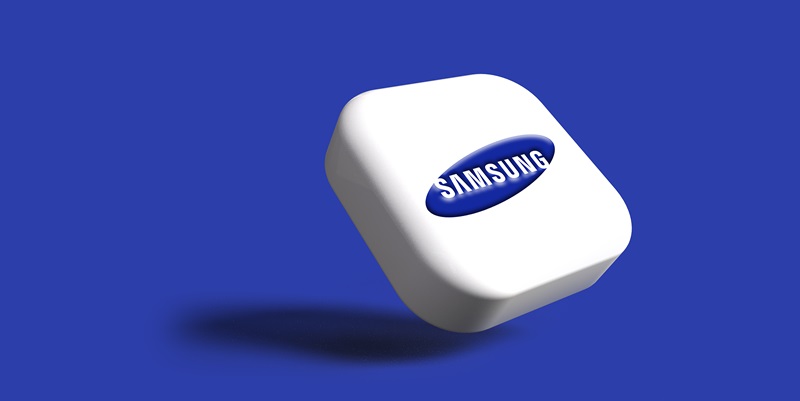Samsung continues to establish itself as a dominant player in the smartphone market with the upcoming release of the Galaxy S25, building upon its legacy of delivering high-quality, compact flagship devices. Scheduled for launch in January, this model is set to be the smallest of the trio that includes the Galaxy S25 Plus and the Galaxy S25 Ultra.
Compact Design and Display Features
Dimensions and Bezel Reductions
One of the significant highlights of the Samsung Galaxy S25 is its compact size, continuing a trend that appeals to users who prefer smaller, more hand-friendly devices without compromising on performance. Measuring 146.9 x 70.4 x 7.2 mm, the Galaxy S25 is slightly smaller and thinner than its predecessor, the Galaxy S24. The reduction in bezel size has allowed Samsung to fit a 6.2-inch display within this compact form factor, enhancing the visual experience while maintaining the device’s portability. This optimal use of space underscores Samsung’s commitment to innovative design, ensuring that users get maximum screen real estate in a pocket-friendly package.
In comparison to its rivals, the Galaxy S25 stands out for its efficient use of space. The iPhone 16 Pro, for instance, is noticeably larger with dimensions of 149.6 x 71.5 x 8.3 mm and a 6.3-inch display, making it bulkier in the hand. The emphasis on minimal bezels allows Samsung to maintain a sleek aesthetic while providing a larger display area for users. This attention to detail in design not only improves the device’s ergonomics but also enhances the overall user experience, setting a high bar for compact smartphones in the market.
Visual Similarities and Incremental Improvements
From a visual standpoint, the Galaxy S25 appears to continue the design language seen in its predecessors, the Galaxy S23 and Galaxy S24. While some may argue that this approach lacks innovation, it also represents stability in design that many users appreciate. Consistency in visual design allows users to adapt easily to new models without facing a steep learning curve. One notable change, however, is the larger camera lenses expected on the Galaxy S25, indicating a potential improvement in camera capabilities even if the underlying hardware remains largely unchanged.
This incremental approach to improvements can be seen as a strategic move by Samsung, focusing on refining the user experience rather than overhauling the design entirely. These subtle changes could mean enhanced photo quality, better low-light performance, and improved overall camera functionality without the shock of a drastically new design. Such an approach has been observed in other successful tech products, proving that evolution rather than revolution can lead to sustained user satisfaction and loyalty.
Comparing to Competitors and the Strategy Ahead
Samsung’s Approach vs. Apple’s iPhone 16 Pro
Samsung’s philosophy of incremental improvement and design efficiency is evident when comparing the Galaxy S25 to Apple’s iPhone 16 Pro. While Apple’s model is larger and follows its own design ethos, the Galaxy S25 aims to provide a high-performance, compact alternative that doesn’t sacrifice usability for size. The slight size reduction and emphasis on minimal bezels reflect a deliberate strategy to cater to a specific segment of the market that values portability and ease of use. This aspect could be a deciding factor for users torn between the larger, more dominant presence of the iPhone 16 Pro and the sleek, compact efficiency of the Galaxy S25.
Moreover, Samsung’s focus on maintaining a consistent design language across its models enables a smoother transition for existing users upgrading from older models. This can be a powerful advantage in retaining customer loyalty, ensuring that each new iteration feels like a natural progression rather than a jarring shift. The consistent visual identity also helps in building a recognizable brand that customers can trust and feel familiar with, enhancing the overall brand perception.
Future Prospects and the Galaxy S25 Ultra
Samsung is reinforcing its position as a key player in the smartphone market with the forthcoming launch of the Galaxy S25. This new addition continues Samsung’s tradition of delivering top-notch, compact flagship phones. Scheduled to hit the market in January, the Galaxy S25 will be the smallest model in a trio that also includes the Galaxy S25 Plus and Galaxy S25 Ultra.
The Galaxy S25 is expected to boast cutting-edge technology and sleek aesthetics, maintaining Samsung’s reputation for innovation and excellence. The anticipation surrounding the device highlights the company’s knack for creating high-quality products that capture consumer and industry attention. With each leak, curiosity grows about how Samsung will elevate its already impressive standards. Tech enthusiasts are particularly eager to see what advancements the Galaxy S25 will bring, as well as how it will stack up against competing smartphones in the market.

